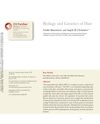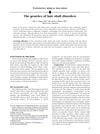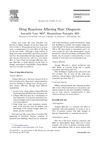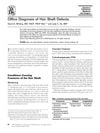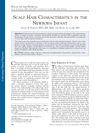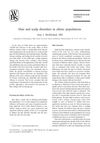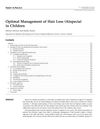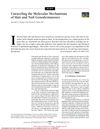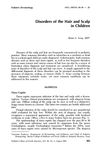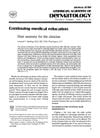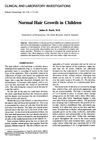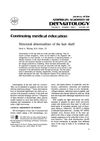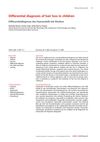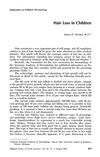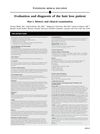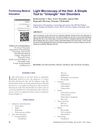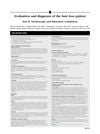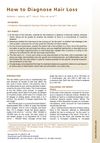Disorders of the Hair and Nails
January 2013
in “
Elsevier eBooks
”
alopecia monilethrix pili torti Netherton syndrome tinea capitis alopecia areata telogen effluvium anagen effluvium hypertrichosis hirsutism hidradenitis suppurativa onychomycosis nail psoriasis lichen planus twenty-nail dystrophy hair loss ringworm of the scalp spot baldness excessive hair growth acne inversa nail fungus nail lichen planus
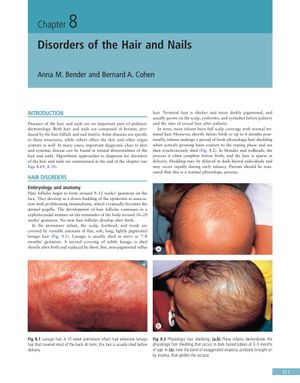
TLDR The document reviews various hair and nail disorders, their causes, and treatments, emphasizing the need for proper diagnosis and the link between nail changes and systemic diseases.
The document from 2013 provides a comprehensive overview of various hair and nail disorders, particularly in pediatric dermatology. It covers the embryology, anatomy, and normal growth cycles of hair and nails, and categorizes hair disorders as congenital, hereditary, or acquired, with presentations ranging from localized to generalized alopecia, some with scarring. Conditions such as monilethrix, pili torti, and Netherton syndrome are discussed, along with the importance of medical evaluations for congenital hair disorders. Acquired alopecias are differentiated by scarring, with tinea capitis being the most common cause of non-scarring hair loss in children. Alopecia areata, traumatic hair loss, telogen effluvium, and anagen effluvium are also described, emphasizing the need for accurate diagnosis and treatment. The document also addresses excessive hair growth disorders like hypertrichosis and hirsutism, acne, and hidradenitis suppurativa, detailing their treatments. Nail disorders are linked to hereditary or acquired multisystem diseases, with conditions such as onychomycosis, traumatic nail dystrophy, nail psoriasis, atopic nails, lichen planus, and twenty-nail dystrophy being highlighted. Nail changes can signal systemic diseases, and the document includes algorithms for evaluating hair and nail disorders. The document does not provide specific study participant numbers, as it is a general review rather than a study report.
